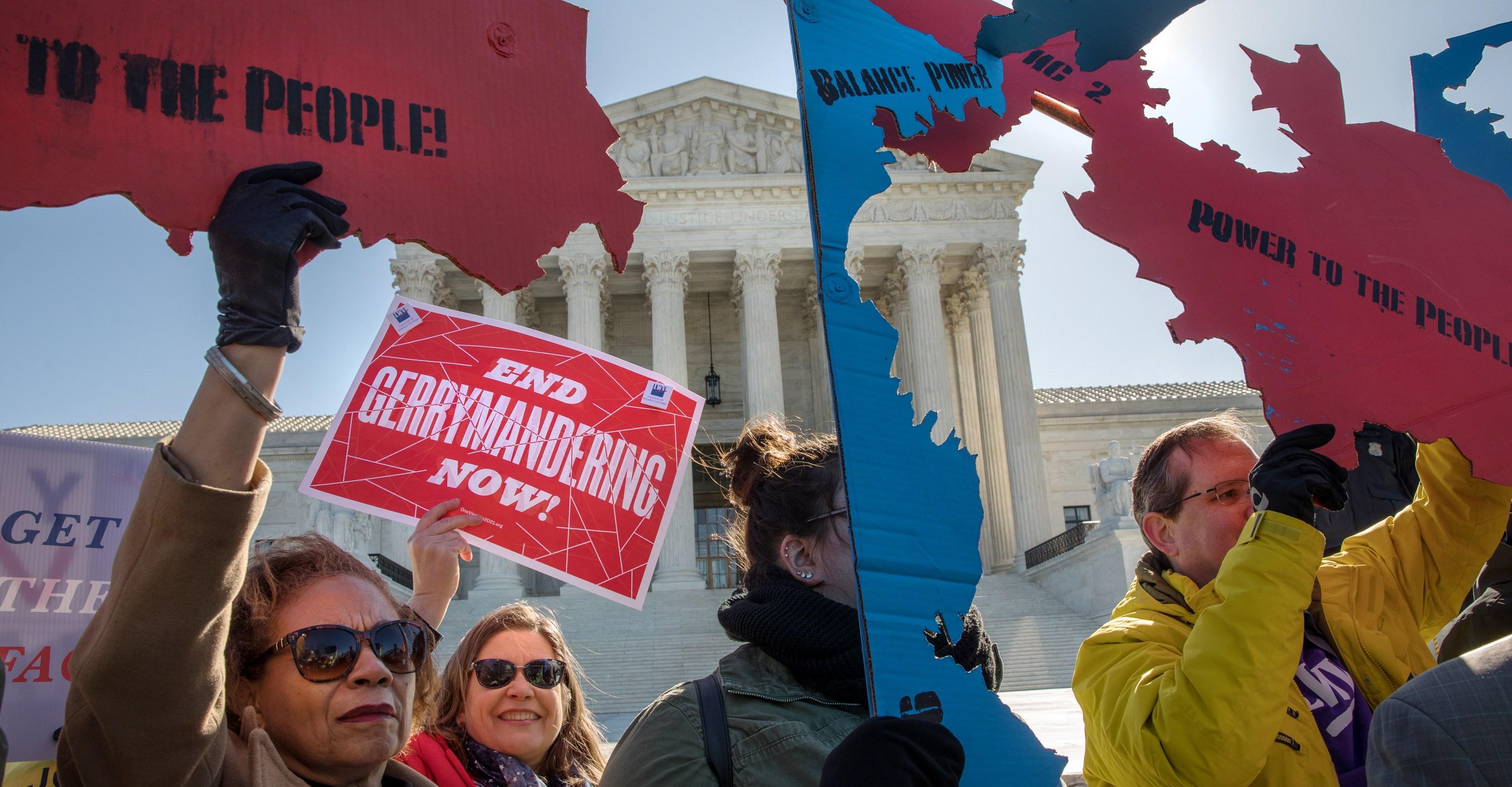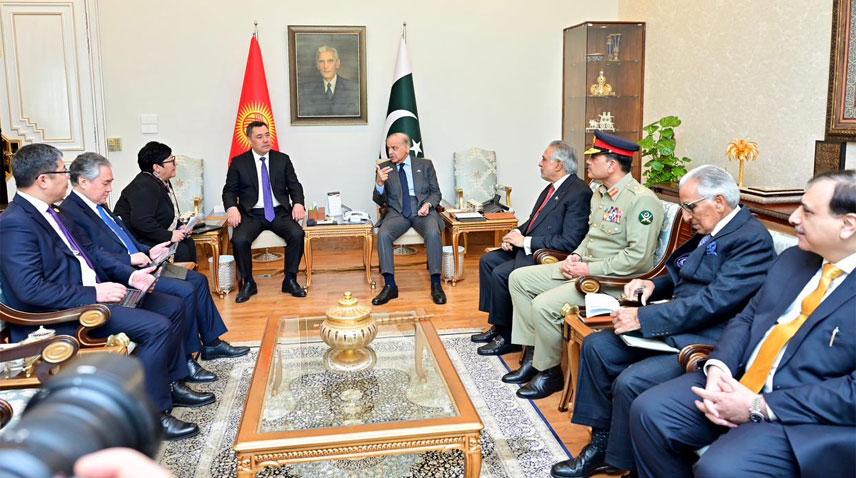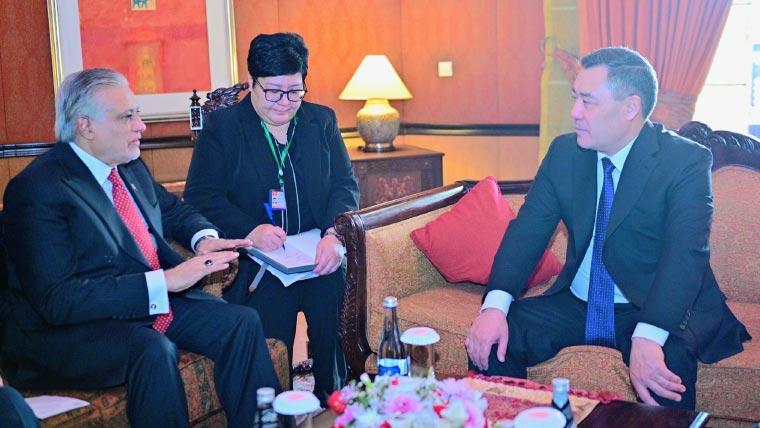Millions of vultures have been unintentionally poisoned by diclofenac


Chicago: A new study has found that the near extinction of vultures in India led to the deaths of about 500,000 people over five years.
A study published in American Economic Review, titled: “The Social Costs of Keystone Species Collapse: Evidence From The Decline of Vultures in India”, states tens of millions of vultures were unintentionally poisoned by diclofenac, an anti-inflammatory drug used for cattle. This caused a collapse in their population, removing "nature’s sanitation service" and allowing deadly bacteria and infections to spread.
Vultures play a critical role in their habitat by scavenging and removing rotting livestock, which helps prevent disease. Farmers have long relied on them for this essential sanitation role.
The collapse of vulture populations in the mid-1990s had severe impacts on human health. The study, which will be published in the American Economic Review, details how their absence led to 100,000 additional deaths annually.
“Vultures are considered nature’s sanitation service because of the important role they play in removing dead animals that contain bacteria and pathogens from our environment—without them, disease can spread,” says study co-author Eyal Frank, an EPIC scholar and assistant professor at the Harris School of Public Policy.
“Understanding the role vultures play in human health underscores the importance of protecting wildlife, and not just the cute and cuddly. They all have a job to do in our ecosystems that impacts our lives.”
Researchers Eyal Frank and Anant Sudarshan from Warwick University compared human death rates in Indian districts that once had thriving vulture populations to areas with historically low vulture populations before and after the vulture collapse.
They found that just after the anti-inflammatory drug sales rose and vulture populations collapsed, the human death rate increased by more than 4 percent in districts where the birds once thrived. The effect was greatest in urban areas with large livestock populations, where carcass dumps occur on the outskirts of towns. The authors estimated that between 2000 and 2005, the loss of vultures caused about 100,000 additional human deaths each year, resulting in $69.4 billion per year in mortality damages.
The increase in deaths was due to the spread of disease and bacteria that vultures would have ordinarily removed. Without them, the dog population increased and brought rabies to humans. The sale of rabies vaccines increased during this time but was not enough. Because dogs were not as effective as vultures at cleaning rotting remains, bacteria and pathogens spread to drinking water through runoff and poor disposal methods. Fecal bacteria in the water more than doubled.

PM Shehbaz approves appointment of Field Marshal Syed Asim Munir as COAS, CDF
- 5 گھنٹے قبل

Republicans ask the Supreme Court to gut one of the last limits on money in politics
- 19 گھنٹے قبل

The alt-right won
- 19 گھنٹے قبل

Republicans want the Supreme Court to save them from their own inept mistake
- 19 گھنٹے قبل

Pakistan, Kyrgyzstan vow to boost ties in diverse fields
- 12 گھنٹے قبل

The Case for Growth
- 19 گھنٹے قبل

Apple will reportedly refuse India’s order to preinstall a government app
- 12 گھنٹے قبل

Dar meeting with the President of Kyrgyzstan: reaffirmation of commitment to strengthening bilateral cooperation
- 12 گھنٹے قبل

Wooting’s 60HE v2 is a solid upgrade to the best gaming keyboard
- 12 گھنٹے قبل
Texas jumps to No. 2 behind UConn in AP Top 25
- 9 گھنٹے قبل

Spotify Wrapped 2025 turns listening into a competition
- 12 گھنٹے قبل
Kiffin takes LSU job, won't finish year with Rebels
- 9 گھنٹے قبل








